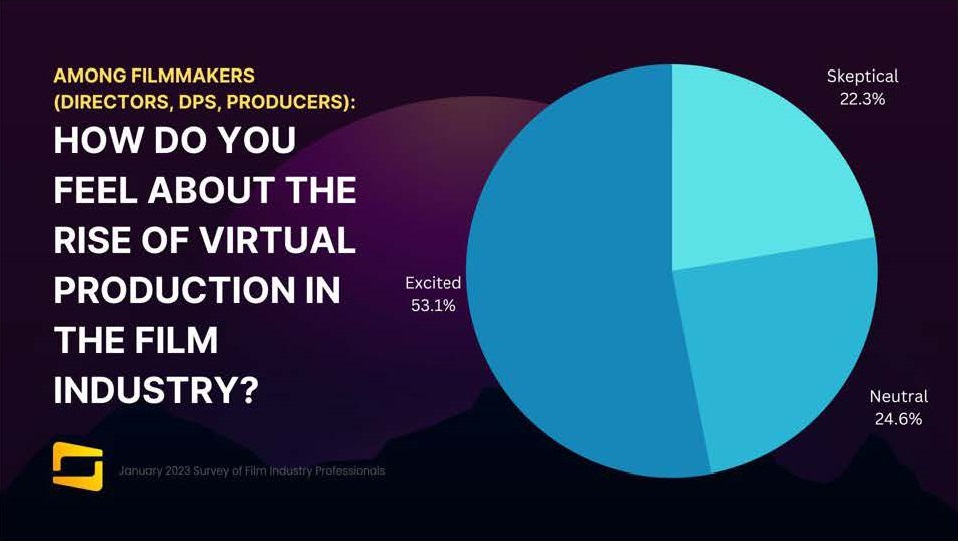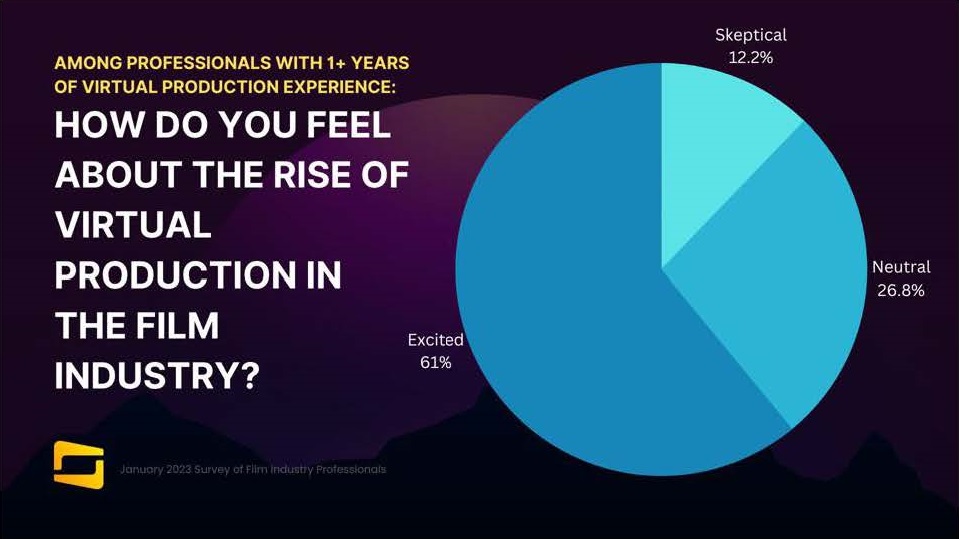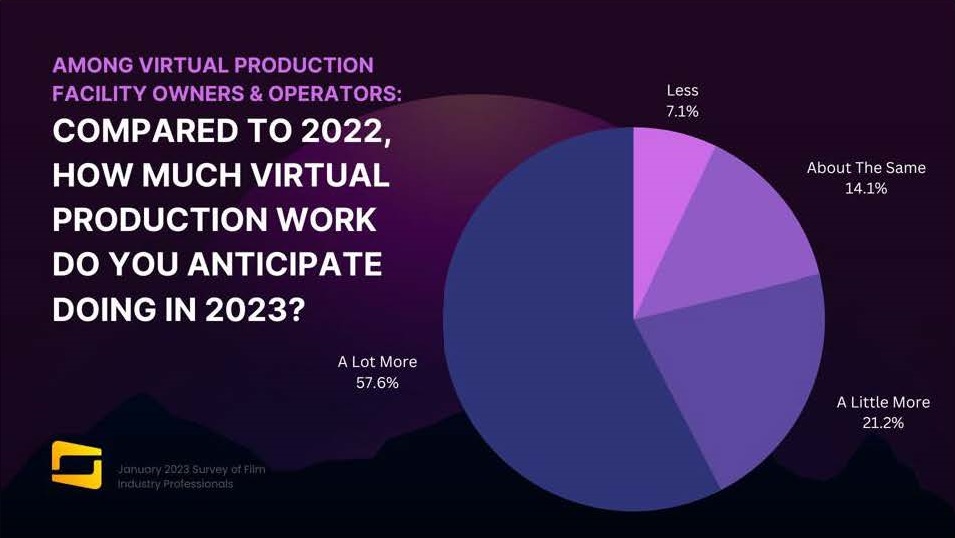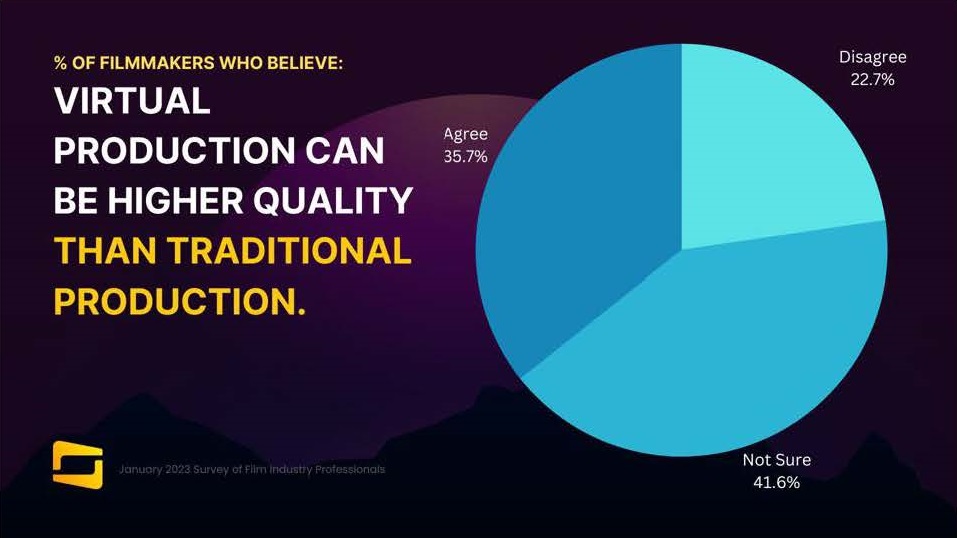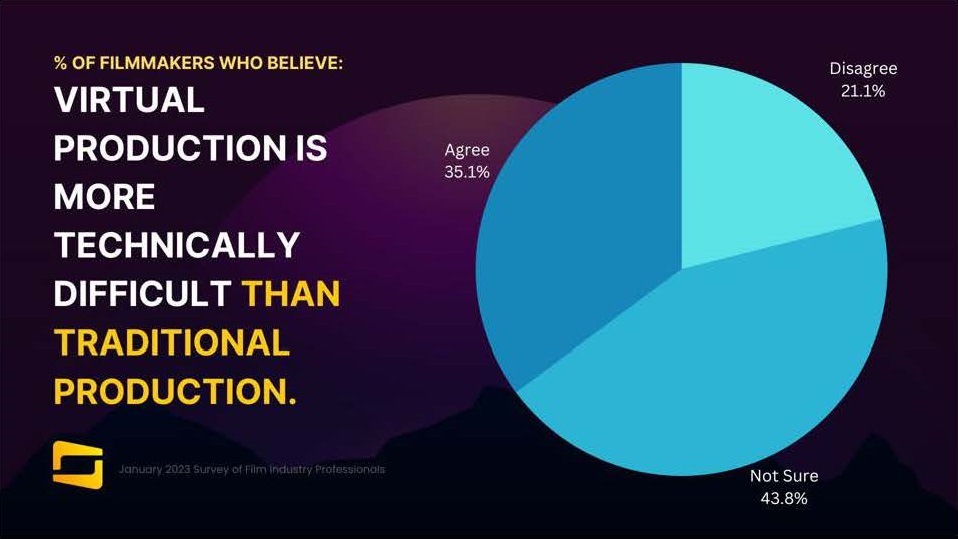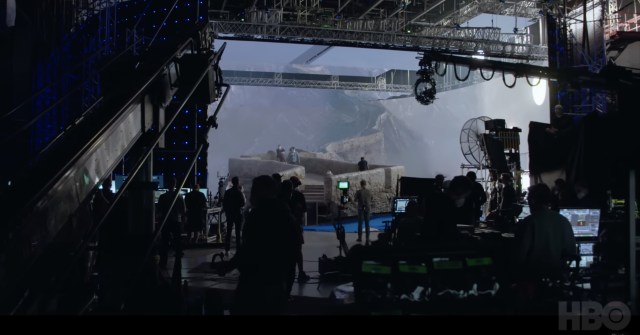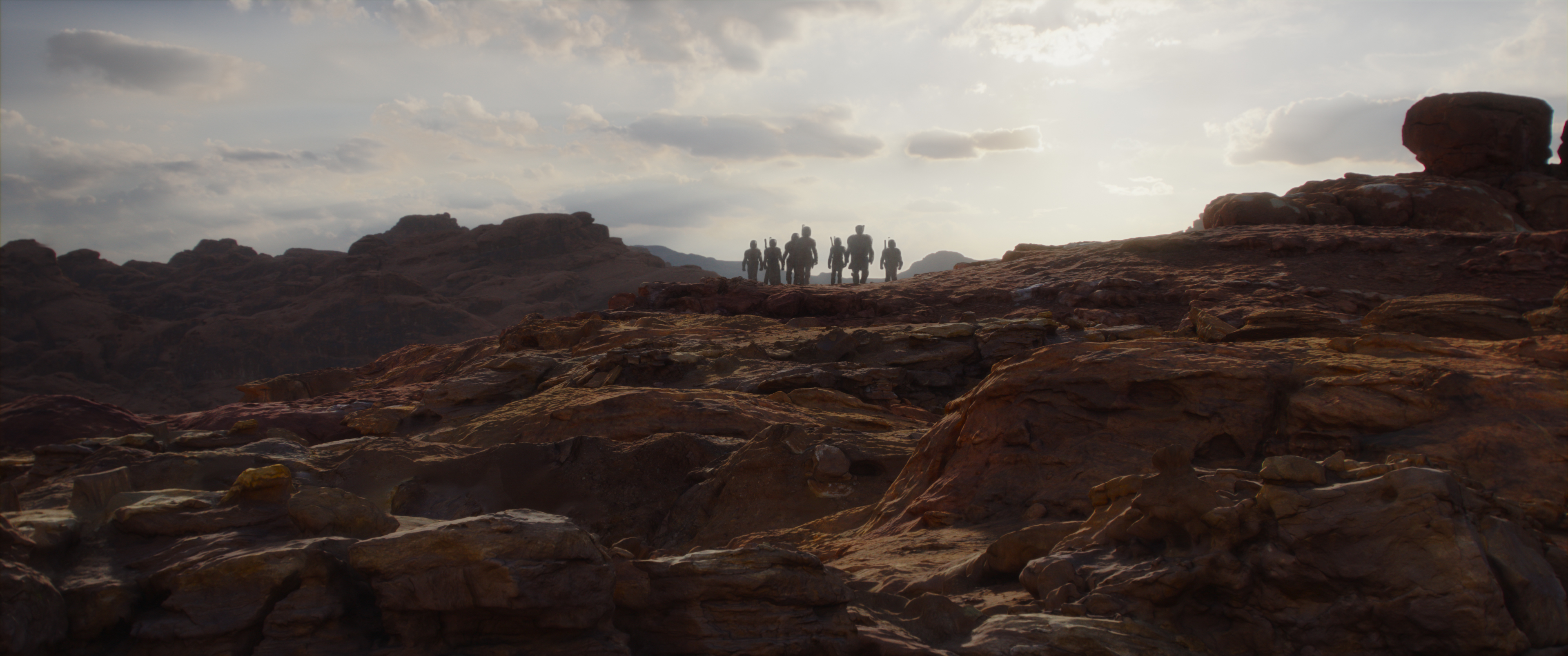
TL;DR
- A new survey of Hollywood film producers, directors and studio owners reveals how the film industry is responding to the growing trend of virtual production.
- More than 75% of filmmakers anticipate doing at least some work using virtual production technology in 2023.
- The industry needs to do more to ensure the hype translates into tools and education that make filmmakers confident that they can actually move into VP.
READ MORE: Showrunner Releases 2023 State Of Virtual Production Report (Showrunner)
Virtual production is on the rise and most filmmakers are excited about using it, but many express dissatisfaction with many of the current tools available.
These are some of the insights revealed in a fresh survey conducted by Chicago-based film-tech outfit Showrunner, which claims the report is the first-of-its kind in the industry.
Nearly 800 filmmakers were surveyed, along with 72 virtual production facility operators for the State of Virtual Production report.
The first set of stats that jumps out is about the industry’s level of enthusiasm.
Among the general population of filmmakers surveyed, about half are “excited” about the rise of this new technology, with 22.3% “skeptical.”
Those skeptics tend to fade away once they’ve got to grips with the technology.
“The real kicker, though, is when we filter for those professionals with three or more years of experience with the new technology. At this point, the more experience folks have with a new technology correlates with increased excitement about it,” says Showrunner’s CEO, Shane Snow. “It’s pretty clear indicator that the tech is here to stay.”
When asked, more than 75% of filmmakers said they anticipated doing at least some work using virtual production technology this year.
And more than three-quarters of studio owners and operators indicated that they would be doing more VP work this year than last. Fifty-seven percent said they anticipated doing “a lot more.”
About one-third of virtual production work currently being produced is for car/auto shoots. Film and TV projects each make up nearly 20%, with commercials, music videos and live events making up the rest.
The survey asked a variety of questions about specific tools and techniques in virtual production, with the feedback indicating that work needs to be done before everyone in the industry might fully embrace the new tech.
Th stats show just how unsure folks are about the quality and technical difficulty of virtual production,” said Snow. “This says to me that some filmmakers are going to still play the ‘wait and see’ game until other, more bullish early adopters figure out these answers definitively.”
Nearly 80% of virtual production studio owners anticipate booking more work this year than last year, per the survey.
“Virtual production is one of the fastest-growing trends in filmmaking right now. But as the data shows, the industry needs to make sure the hype translates into tools and education that make filmmakers confident that they can actually do it.”


